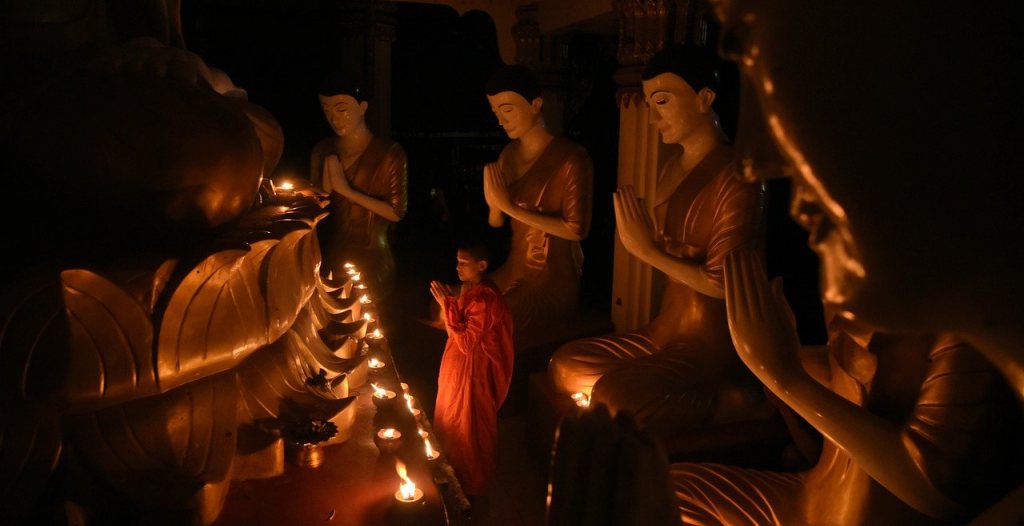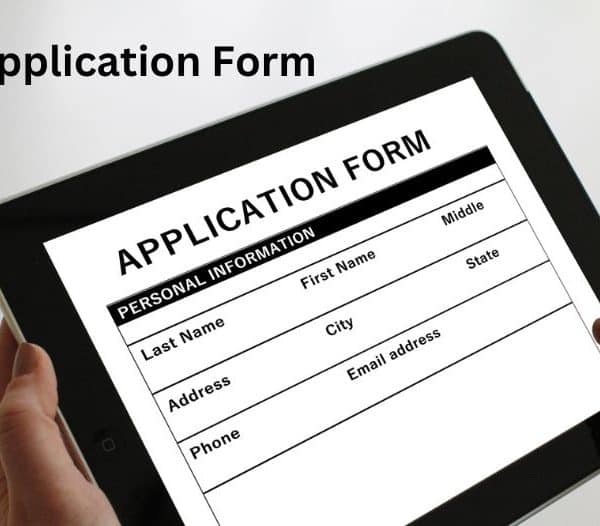How to Prepare for Indian Art and Culture for UPSC Exam? Check it to Know it All

The study of Indian Art and Culture forms an indispensable part of the UPSC preparation. The subject’s importance is emphasized by the fact that it is a core element of the Prelims as well as the Mains paper. Therefore giving adequate attention to it is mandatory in order to increase ones’ score. Read the article till the end for a detailed analysis of the subject and for expert guidance before you begin the prep.
Art and Culture Syllabus for UPSC
Understanding the syllabus of any subject is the foremost step in beginning preparation. The UPSC describes the syllabus for this subject thus – Indian culture will cover the salient aspects of Art Forms, Literature and Architecture from ancient to modern times.
This seemingly harmless line spans over centuries and across the various dimensions that constitute Art and Culture. As you are all aware, our trade with the Greeks, Arabs and Romans and occupation by various peoples has given us many global influences that have translated into a culture that is rich in diversity and heritage. So what are the points that one needs to study in order to cover this vast syllabus?
Under the subject you will cover the following headings:
Also Read: Check-out the UPSC Syllabus and Buckle up Your Shoes for the Upcoming Exam
1. Painting
In Art and Culture syllabus for UPSC, You will need to study about the paintings beginning from simple wall drawings of Pre-historic times to the mural paintings of ancient-medieval times, the miniatures of the Delhi-Sultanate/Mughal era, the Company Paintings of colonial times and the folk paintings spread over the various states. Reading about the various schools of painting is also important. The Ajanta-Ellora paintings are particularly popular with the UPSC, with 2 questions been asked in recent years.
2. Architecture
Architecture is the most crucial topic amongst all in this Indian Art and Culture UPSC subject. Having a thorough understanding and knowledge of the various temples, shrines, palaces, forts etc is extremely important from the exam point of view. Cover architecture systematically by going from one period to another. Cover the golden periods of architecture in detail like the Mauryan, Gupta, Delhi Sultanate, Cholas and Mughals.
Reading about the styles of temple architecture like Negara, Vesara, Dravidian etc is mandatory and must not be missed. Give adequate focus to Buddhist architecture since many related questions have been asked in the past.
3. Literature, Language and Philosophy
Here you should combine the study of Indian literature with the schools of philosophy and the languages. This is because they are related and studying them together will be beneficial in note-making.
Cover the ancient texts like Vedas and Upanishads, classic Sanskrit and Dravidian literature as well as books written by various kings and their court poets. From the point of view of philosophy, you must have an overview of the basic points of each major school.
4. Dance forms
In dance forms, you need to study about the eight main classical dances as well as folk dances of various states. Just note down the place of origin, the main aspects of the dance (props used, stories they are based on etc.) and the occasion on which they are performed. You can also do a cursory reading of famous personalities.
5. Music
Indian music is a fairly vast topic can be time-consuming to study everything in detail. You can focus on reading the difference between Hindustani and Carnatic music, the various folk music prevalent in the country and important musical instruments (a question was asked on the same in the Mains).
6. Theatre and Puppetry
Read about the Sanskrit theatre as well as the theatre forms popular in different states. For puppetry, you can read about the four categories of puppetry- string, shadow, glove and rod puppets. It must be noted that not many questions have been asked from this topic but given the UPSC’s unpredictable nature this certainly cannot be ignored.
7. Indian Cinema
A comparatively lighter topic that you can read like a story. Study the evolution of Indian cinema and the noted films and personalities associated with it.
Art and Culture Books and other Study Material for UPSC
1. Ancient and Medieval India (Old NCERT)
The NCERT history book forms the backbone of many important topics like cultural influence, architecture etc. You will find useful information about the art and culture of each reign that can be studied alongside your history prep.
Also Read: Art and Culture Topics and Areas to Pay Attention to for UPSC
2. Art and Heritage NCERT books for Class XI and XII
You will find most of the topics covered here. Reading the NCERT of a particular subject is anyways a must when appearing for the UPSC. To get the PDF version, click here.
3. Nitin Singhania or Spectrum
To cover other aspects like dance, art, theatre etc you can refer to Nitin Singhania or Spectrum. Both these books carry extensive coverage of the required topics in the UPSC syllabus. Spectrum’s Facets of Indian Culture will prove an asset in your Mains prep.
4. NIOS Website
Here you will find a treasure house of information on Indian languages, literature, paintings, dances, music, art and architecture. The information on evolution and styles of music and dance is given in great detail.
The site is useful for both an overview of a topic as well as reading extensively about a sub-topic. If in a particular year there is a focus on some event in the news you can use Wikipedia to read in detail about it.
Expert Tips for Acing Indian Art and Culture in UPSC
1. Previous Year’s Papers are Your Saviour
For making Art and Culture notes, a thorough reading of the previous year’s papers is absolutely necessary as it helps in understanding the pattern of questions. An analysis of the questions pattern will point you in the right direction of studying.
While the UPSC questions are highly unpredictable, you can still capture the trend that has been followed. For example, in past years the focus has been on Buddhism and Jainism for paintings, literature as well as architecture, temple styles are often asked along with questions on architecture.
Indian philosophies is also a hot topic while topics like Theatre and Cinema have not seen frequent questions. The static questions have been asked from a limited pool of topics, and the dynamic questions mostly relate to the current happenings. So at least you can be confident about the static part if you read the previous year’s papers.
Also Read: Why is it so Important to Solve Previous Year’s Papers
2. Make Newspaper Your Best Friend
The Hindu. There is no escaping this newspaper when it comes to UPSC prep. It is crucial for all subjects and comes in handy for both prelims and Mains prep. In fact, there have been a lot of instances when the questions in the paper are lifted from Hindu. For example, The Hindu carried an article on Puthukkuli shawls which appeared in the Prelims in 2018.
Another question that was lifted from the paper talked about a French gem merchant, Jean-Baptiste Tavernier who had acquired Hope Diamond from Andhra Pradesh; this question too formed a part of the UPSC. The art and culture magazine in the newspaper caters well to the requirements of the UPSC syllabus and must not be skipped at any cost.
Also Read: Set Your UPSC Game Right on Track with The Right Method of Reading The Newspaper
3. Make Use of the Internet
Pay attention to the visual aspects. Studying art and culture in a purely bookish manner will not familiarize you with the nuances in each form. Looking at photographs of the buildings when you read about the Nagara and Vesara temple styles or the images of Indo-Islamic architecture will have a greater impact than just mugging up facts.
Similarly, when it comes to dancing forms, one can watch short clippings in order to have a better understanding. For example, a question was asked about the difference between Kuchipudi and Bharatnatyam, this could’ve easily been answered by someone who has seen a video of the dances being performed.
Visual memory also tends to have better retention than reading and can make the subject more interesting. So for this particular subject, make use of the internet to watch the related media.
Conclusion
Indian Art and Culture are important as well as a fascinating subject, that must be tackled in a manner that makes it interesting to study. Keep these points in mind when you begin preparation so you can maximize your output.







Civil Service examination conducted by the Union Public Service Commission is arguably the most prestigious examination held once a year. It consists of three phases which are prelims, mains and viva-voce. The mains part is the toughest and one has to choose a paper to appear for the exam. With regard to this, the author has done a wonderful job of helping the aspirants who choose the paper of Indian Art and Culture for the mains exam. Most of the time aspirants get confused about what to read, however, going through what the author has written one can easily prepare for the paper.
Your website has exceptional web content. I bookmarked the website
The mains part is the toughest and these articles here help us to deal with preparation, can you also provide a time table with strategies?
Like!! Really appreciate you sharing this blog post.Really thank you! Keep writing.
Hi there, I enjoy reading all of your post.
I like to write a little comment to support you.
Thank you for providing this wonderful article, it was very helpful and valuable article, what do you guys think about it?